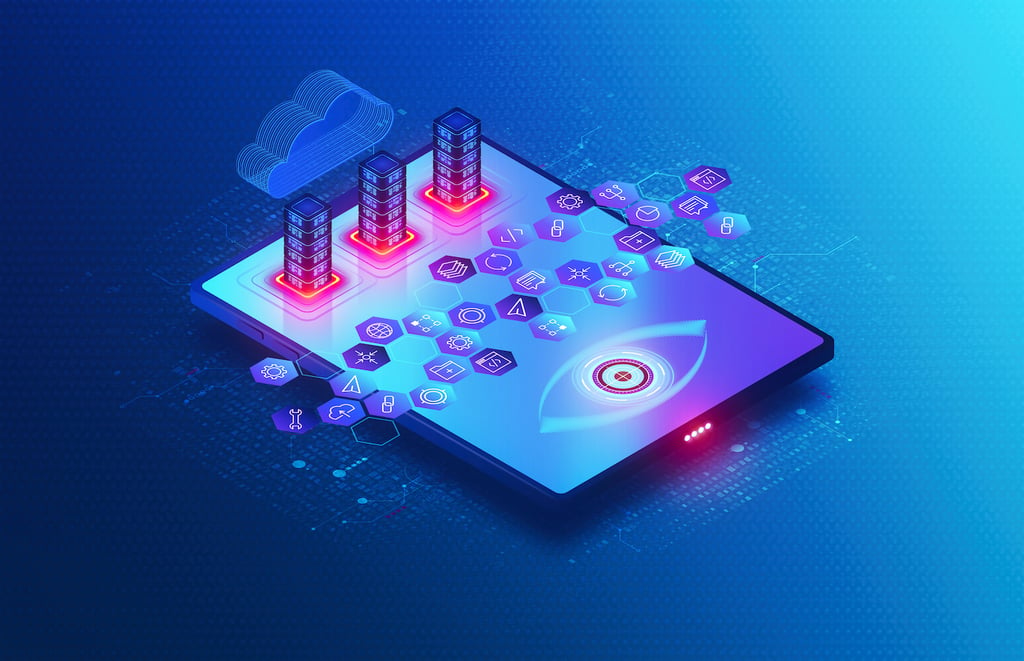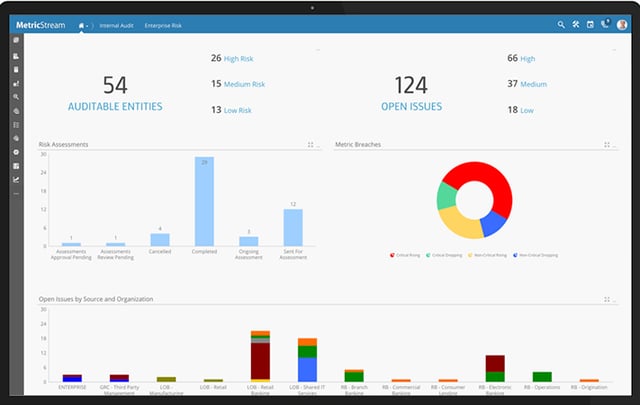The Top Ten IT Skills for 2014 The emergence of cloud technology and the software-defined data center model are driving a shift in IT operations that’s creating a demand for IT professionals to fill roles that, like the technology itself, are continuing to evolve. Mark Myers, director of cloud service management at Eden Prairie, Minn.-based […]

The Top Ten IT Skills for 2014

The emergence of cloud technology and the software-defined data center model are driving a shift in IT operations that’s creating a demand for IT professionals to fill roles that, like the technology itself, are continuing to evolve.
Mark Myers, director of cloud service management at Eden Prairie, Minn.-based cloud services provider Datalink, has identified five new IT job functions that are crystallizing as the shift progresses. I recently spoke with Myers, and he outlined those job functions as follows:
- Business liaison: “IT shops have had business liaisons in the past, but they’ve never really had the authority or clout to be able to drive anything,” Myers said. “The business liaison is going to become critical, because the business units are going to the public cloud, and totally bypassing their own IT department. So you’ve got to have a business liaison who goes to the business units, and truly understands what they’re doing.”
- Service architect: The service architect translates what the business liaison says the business units want, into what IT needs to provide. “No business unit says, ‘I want to deploy this hypervisor, and I want these virtual machines, and I need you to install a converged infrastructure,’” Myers said. “That’s not what the businesses are asking for.”
- Data center programmer: “As we move into programmable data centers, IT will need programmers who are dedicated to programming the data center itself—writing the APIs for IT,” Myers explained. “It’s not sitting inside IT and writing programs for the business units. It’s somebody who’s writing the software and the automation, and bringing a formal software structure into the IT operation itself. While that role has been around, it has really never been formalized.”
- Application liaison: The application liaison is somebody who understands the IT infrastructure, and is working with the application teams inside of IT—he helps guide application development, as well as bringing requirements back from application development and says, for example, what type of virtual network devices will be deployed. “It’s somebody who works with the application teams to leverage all of the programmability that’s coming into the data center,” Myers said.
- Generalist: “In the late 1990s and early 2000s, we separated storage and servers, and that’s all coming back together in a converged infrastructure, along with networking,” Myers said. “So we need somebody who understands all three towers. As we go to a converged infrastructure, if you don’t have somebody who understands the three, you create a bottleneck when you don’t have enough of any one of the three. Even though you might have excess storage, if you don’t have enough computing or network resources, you’re stuck. So you need a generalist who understands how the three work together, because they’re now very well integrated.”
I asked Myers how he would rate the job this country’s colleges and universities are doing to prepare young people to fill these roles. He responded that he doesn’t want to say they’re doing a “bad” job.
“I think colleges are starting to realize some of this,” he said. “Colleges are doing a good job of training the technical skills. They’re just starting to understand that they need to teach these kids how to think, and how to approach the use of all this technology. Colleges are still learning that.”









